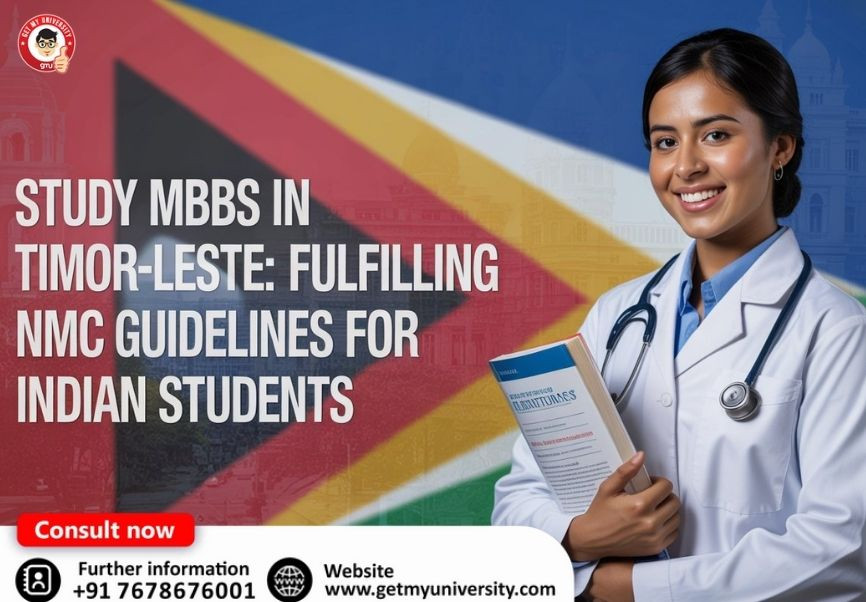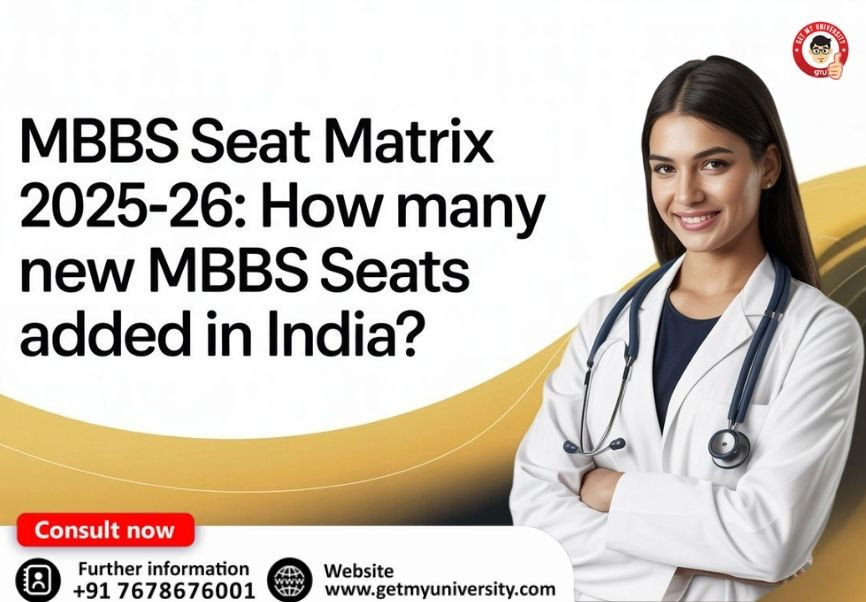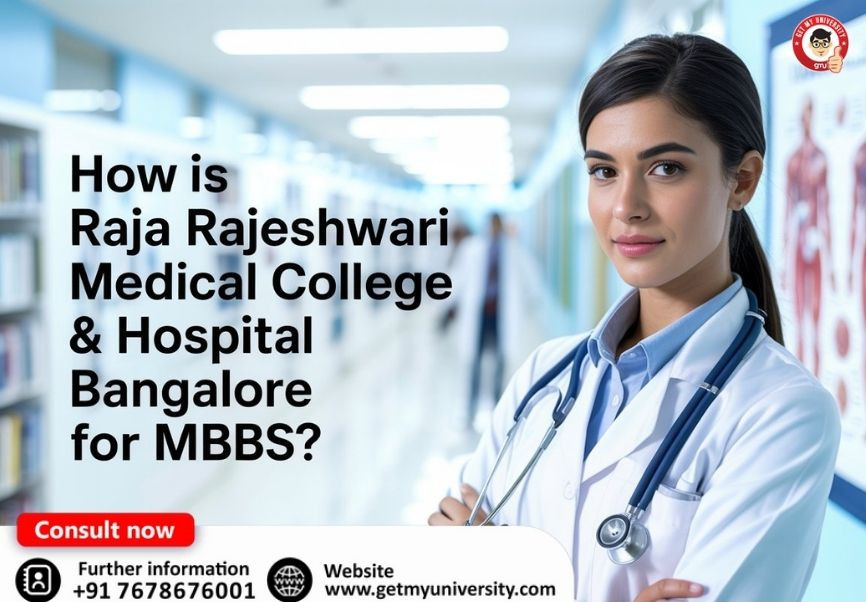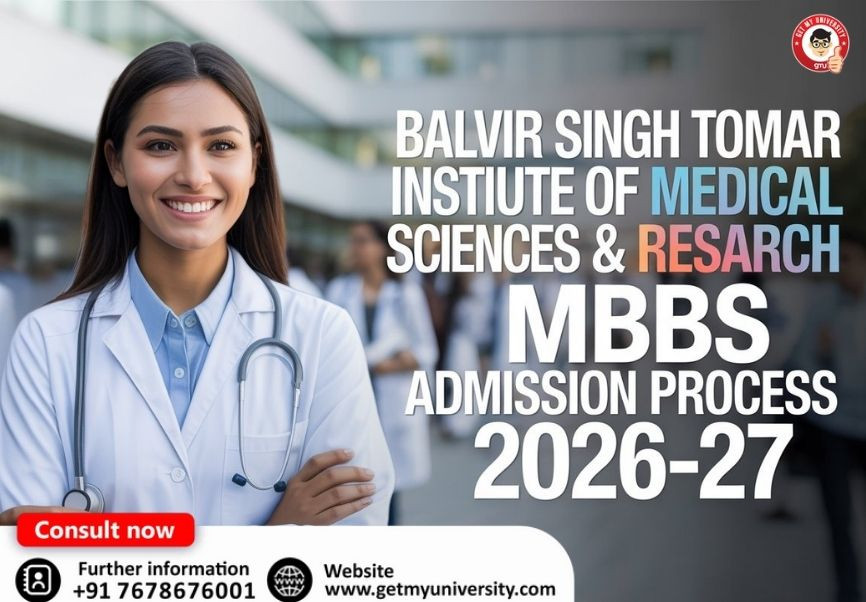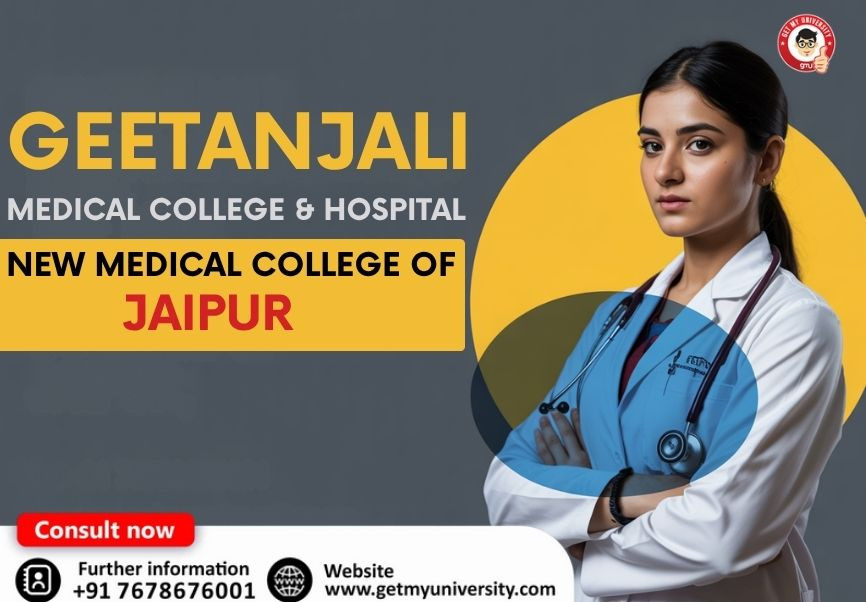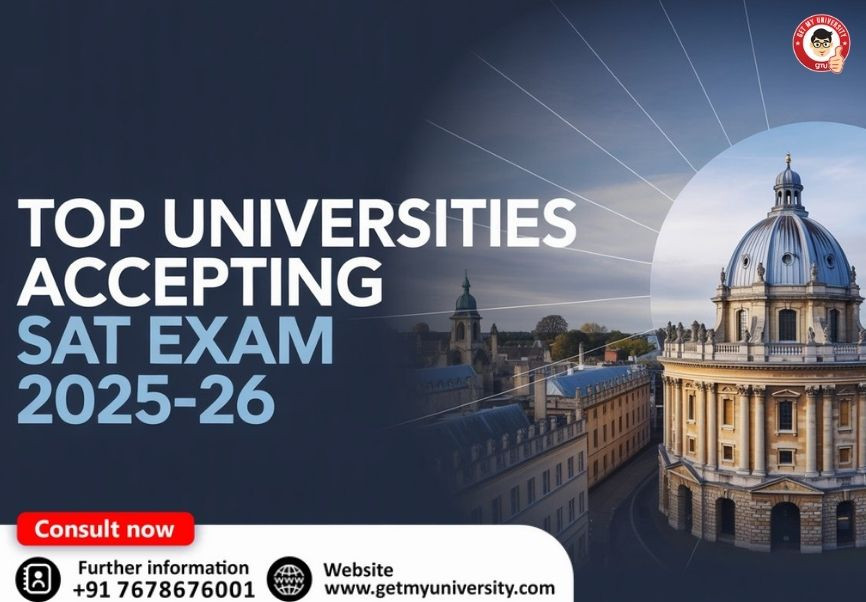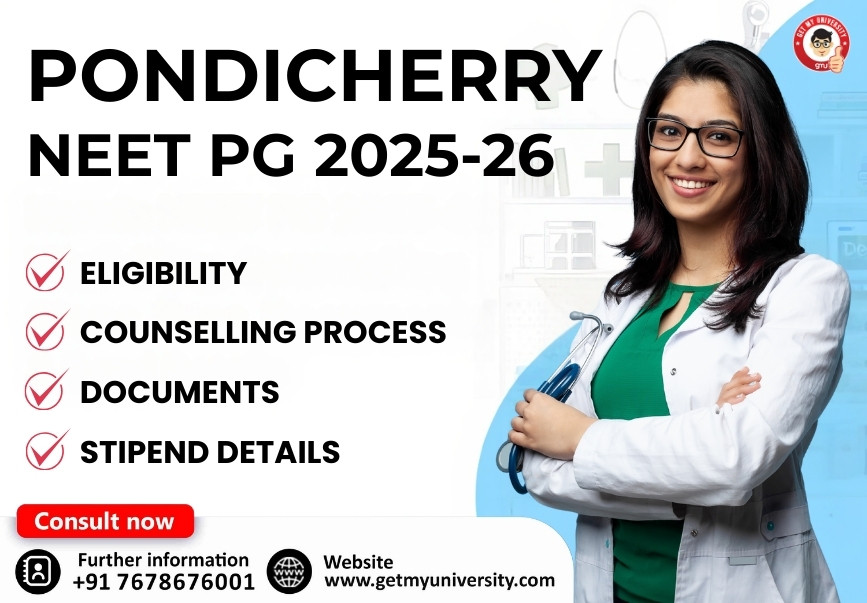Introduction
Government medical colleges in India are regarded as the pinnacle of affordable and quality medical education. These institutions are directly supported and regulated by the central or state governments, ensuring not just minimal tuition fees, but also well-rounded training, state-of-the-art infrastructure, and top-tier faculty. For aspiring doctors across the country, securing a seat in a reputed government medical college is often seen as a gateway to academic excellence and clinical mastery.
One of the most significant advantages of government medical colleges is the subsidized fee structure. Compared to private or deemed universities, where MBBS education may cost between INR 60 lakhs to INR 1 crore, the annual tuition in government colleges often ranges from just INR 2,000 to INR 70,000. This makes quality medical education accessible to students from all economic backgrounds, leveling the playing field and encouraging meritocracy.
Another major strength of these institutions is the extensive clinical exposure they offer. Government hospitals associated with these colleges typically witness thousands of Out-Patient Department (OPD) visits daily. For example, colleges like VMMC, MAMC, KGMU, and Madras Medical College cater to OPD volumes ranging between 5,000–8,000 patients per day. This high patient inflow ensures students are exposed to a wide variety of cases, enhancing their diagnostic skills, decision-making abilities, and patient interaction experience early in their careers.
Most top government colleges are also backed by a rich academic heritage, with decades of proven excellence in producing some of the country’s most respected physicians, surgeons, and healthcare policymakers. These colleges often have well-established Postgraduate (MD/MS) and Super-specialty programs, which means MBBS students are part of a vibrant academic environment where continuous learning is encouraged.
That said, some government medical colleges come with service bonds that require students to serve in rural or government healthcare sectors for a defined period after graduation. While these bonds range from 1 to 5 years depending on the state and institution, they offer young doctors an opportunity to contribute to underserved communities while gaining valuable hands-on experience.
From affordability and patient volume to academic reputation and research facilities, government medical colleges stand tall as the most preferred choice for NEET-qualified students in India. For those who dream of wearing the white coat with pride and compassion, these institutions offer the perfect platform to begin their journey.
Top 10 Government Medical Colleges (Overview)
| College Name | Seats | Fee (INR/Year) | Service Bond | Hospital Beds | Daily OPD |
| Maulana Azad Medical College, New Delhi | 250 | INR 2,745 | Nil | 2,800 | 6,000–7,000 |
| VMMC & Safdarjung Hospital, New Delhi | 170 | INR 15,000 | 2 Years | 1,531 | 7,000–8,000 |
| Atal Bihari Vajpayee Institute & RML Hospital, Delhi | 100 | INR 15,000 | 2 Years | 1,216 | 5,000–6,000 |
| B.J. Medical College, Ahmedabad | 250 | INR 25,000 | 3 Years | 2,500 | 5,000–6,000 |
| Seth G.S. Medical College, Mumbai | 250 | INR 1,44,450 | 1 Year | 1,820 | 4,000–5,000 |
| SMS Medical College, Jaipur | 250 | INR 67,000 | 2 Years | 2,130 | 5,000–6,000 |
| Madras Medical College, Chennai | 250 | INR 6,000 | 5 Years | 2,720 | 5,000–6,000 |
| King George’s Medical University, Lucknow | 250 | INR 54,600 | 2 Years | 4,000 | 5,000–6,000 |
| Govt. Medical College, Kozhikode | 250 | INR 23,150 | Nil | 3,025 | 5,000–6,000 |
| Bangalore Medical College, Bangalore | 250 | INR 65,100 | 1 Year | 1,790 | 3,000–4,000 |
Detailed College Insights
- Maulana Azad Medical College (MAMC), New Delhi
- Why Choose: One of India’s top government medical colleges. Minimal fee, no service bond, high OPD & bed strength.
- Highlights: Centrally located, academically rich, clinical exposure is unmatched.
- VMMC & Safdarjung Hospital, New Delhi
- Why Choose: High patient inflow, quality faculty, and strong government support.
- Service Bond: 2 years, but worth the exposure students gain.
- Atal Bihari Vajpayee Institute & RML Hospital, Delhi
- Why Choose: Focused on practical clinical skills with a modern infrastructure.
- Environment: Clean, digitized, urban setup with excellent opportunities.
- B.J. Medical College, Ahmedabad
- Why Choose: Great faculty, strong state support, and intensive hospital training.
- Note: Longest bond (3 years) among top colleges but rich clinical exposure.
- Seth G.S. Medical College, Mumbai
- Why Choose: Affiliated with KEM Hospital; premier institute in Maharashtra.
- Bond: Short 1-year service obligation with deep urban clinical exposure.
- SMS Medical College, Jaipur
- Why Choose: One of Rajasthan’s oldest and busiest medical institutions.
- OPD Strength: Very high, ensuring hands-on learning opportunities.
- Madras Medical College (MMC), Chennai
- Why Choose: Legacy institution with outstanding clinical departments.
- Note: 5-year bond but extremely affordable fees and high patient load.
- King George’s Medical University (KGMU), Lucknow
- Why Choose: Premier institute in UP; heavy footfall and top-notch faculty.
- Beds: Massive 4,000+ hospital bed strength ensures diverse patient interaction.
- Govt. Medical College, Kozhikode
- Why Choose: Kerala’s best public medical college.
- Perks: No service bond, low fees, and high OPD in a serene environment.
- Bangalore Medical College, Bangalore
- Why Choose: Strategic city advantage, quality academics, and balanced exposure.
- Note: OPD slightly lower than others, but academic rigor is consistent.
Factors to Consider When Choosing a Government Medical College
- Fees & Financial Burden: Some colleges charge less than INR 3,000 per year, while others exceed INR 1 lakh.
- Service Bonds: Make sure to factor in state policies that require service after MBBS.
- Hospital Bed Strength: Indicates patient volume and opportunity for hands-on practice.
- Daily OPD Numbers: Reflects real-time clinical exposure.
- Location & Language: Consider language comfort and access to city-based amenities.
- Postgraduate Opportunities: Institutes with strong PG departments offer better growth.
Why Government Medical Colleges Are the First Choice
- Subsidized Fees: MBBS for as low as INR 2,000–15,000 per year is life-changing.
- Immense Clinical Training: Government hospitals are patient-dense, giving unmatched exposure.
- Reputation and Recognition: Colleges like MAMC, KGMU, and MMC are well-known across India.
- FMGE & PG Success Rates: These colleges consistently deliver high performance in exams like NEET PG, INI-CET, and FMGE.
Conclusion
Choosing a government medical college for MBBS in India means stepping into a system that values academic integrity, clinical excellence, and service to society. Whether it’s Delhi’s MAMC, Mumbai’s Seth GS, or Chennai’s MMC — these institutions represent the pinnacle of medical education in India.
If your NEET score meets the cutoff, don’t miss your chance to enter one of these prestigious institutions.

.jpg-15708.jpg)


